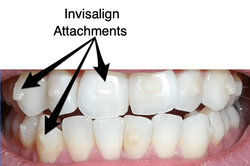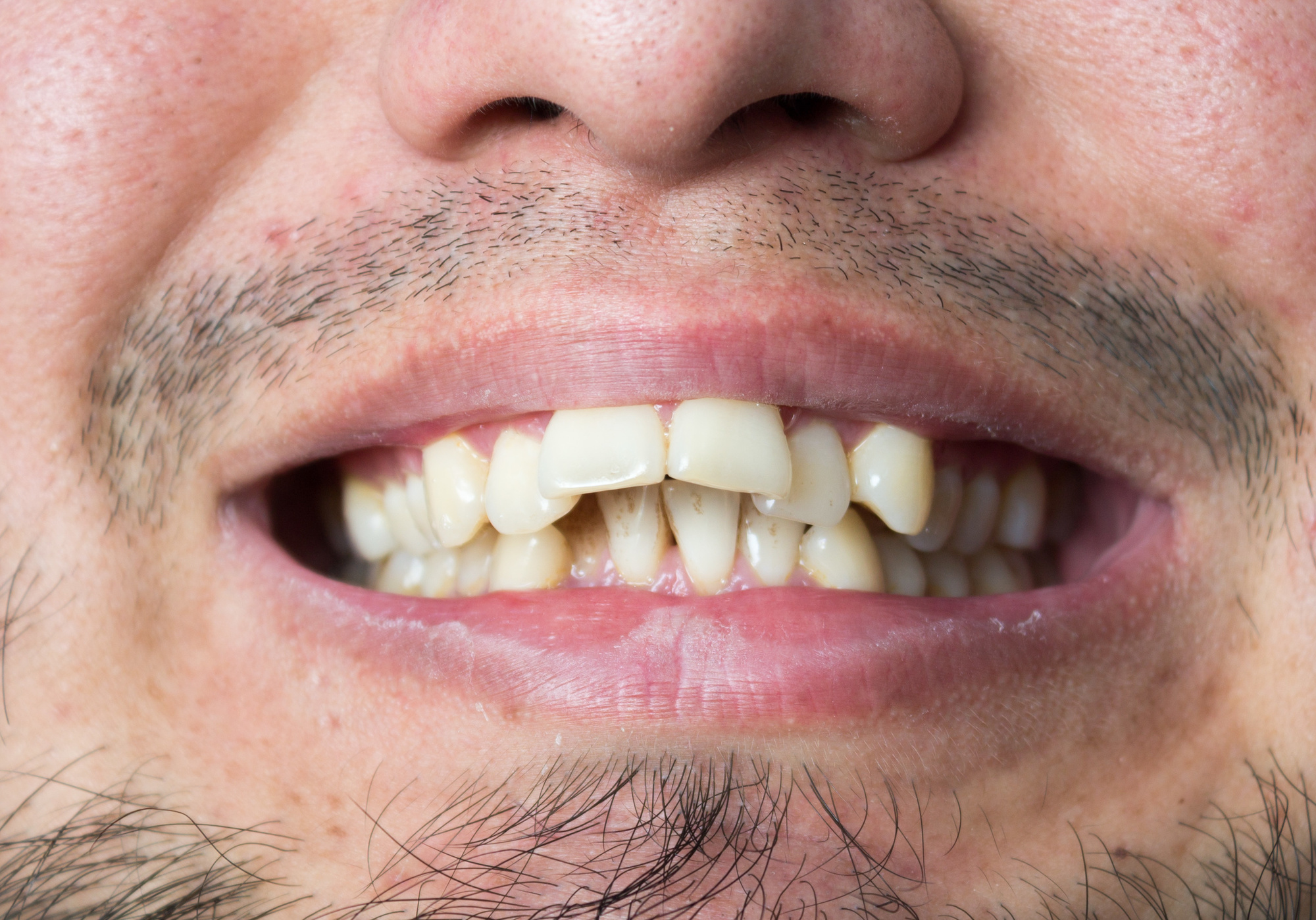Success Stories: How Invisalign Changed Lives and Improved Confidence
Success Stories: How Invisalign Changed Lives and Improved Confidence
Blog Article
Invisalign vs. Standard Dental braces: Which Alternative Is Right for You?
When taking into consideration orthodontic treatment, the choice in between Invisalign and typical braces presents several crucial elements that warrant cautious evaluation. Invisalign uses a discreet choice with removable aligners, while typical braces give an extra noticeable yet effective option for severe misalignment. Each alternative incorporates unique benefits and drawbacks connected to appearances, convenience, treatment period, and price. Comprehending these subtleties is essential for making a notified decision that lines up with your individual choices and lifestyle. The concern stays: which option will finest satisfy your orthodontic demands and expectations?
Introduction of Treatment Options

In comparison, conventional dental braces are composed of metal brackets and wires that are bonded to the teeth. This technique applies constant pressure with time to accomplish placement. While effective for complicated orthodontic problems, typical braces need routine gos to for modifications and can posture difficulties in maintaining oral hygiene because of the problem of cleansing about cords and brackets.
Both options have their advantages, and the option typically depends upon details oral problems, way of living choices, and individual conformity. Eventually, consulting an orthodontic professional is crucial for identifying the most suitable treatment strategy customized to specific requirements. Understanding the nuances of each option can considerably influence the overall success of orthodontic treatment.
Visual Considerations
A considerable element influencing the selection in between Invisalign and standard dental braces is the visual charm each therapy supplies. Invisalign aligners are crafted from clear plastic, making them basically undetectable when put on. This very discreet look is particularly attracting adults and teenagers who might feel uncomfortable about their orthodontic therapy. The ability to maintain an all-natural smile throughout the alignment procedure can substantially improve the client's self-confidence in social and specialist settings.
In comparison, conventional dental braces consist of metal braces and cords, which can be a lot more noticeable. While improvements in orthodontic technology have brought about the development of smaller sized brackets and tinted elastics, standard dental braces still maintain an even more conspicuous profile. For some people, the presence of braces may prevent them from seeking essential treatment.
Ultimately, the option in between Invisalign and standard braces may hinge on individual choices regarding aesthetics. People who prioritize discretion commonly favor Invisalign, while those that are less worried concerning exposure may choose for typical dental braces. Comprehending the visual implications of each choice is critical for making an informed decision that aligns with one's way of life and choices.
Comfort and Convenience

In regards to ease, Invisalign aligners are detachable, enabling patients to enjoy their favorite foods without constraint and keep optimal oral hygiene. Brushing and flossing are streamlined, as the aligners can be taken out during these routines, whereas conventional braces require careful maneuvering around braces and cables.
In contrast, conventional dental braces necessitate normal modifications, making them much less practical for those with busy routines. Overall, the comfort and convenience of Invisalign make it an enticing choice for several individuals looking for orthodontic treatment.
Therapy Period and Effectiveness
While both Invisalign and conventional dental braces work in remedying dental imbalances, the duration of therapy can vary significantly in between the 2 options. Commonly, Invisalign treatment can take anywhere from 12 to 18 months, depending upon the intricacy of the case. The clear aligners work by progressively shifting teeth into their wanted positions, and regular follow-ups with an orthodontist assistance make certain progression remains on the right track.
On the other hand, conventional braces usually require a longer commitment, generally varying from 18 months to 3 years. This is due to their fixed nature and using wires and brackets, which can be much more efficient for intricate cases and severe misalignments (Invisalign). The treatment efficiency of standard braces is well-documented, as they allow for accurate modifications and higher control over tooth motion
Eventually, the option between Invisalign and typical dental braces might rest on both the awaited therapy period and the certain dental issues at hand. Consulting with an orthodontist is essential, as they can offer tailored recommendations based upon specific needs, making sure the selected method aligns with wanted durations and results.
Expense Comparison and Insurance Alternatives
Price plays a considerable role in the decision-making procedure for people taking into consideration orthodontic therapy, whether deciding for Invisalign or traditional dental braces. Usually, the cost of Invisalign ranges from $3,000 to $8,000, while typical dental braces commonly set you back between $2,000 and $6,000. Elements influencing these expenses include the complexity of the situation, the period of treatment, and geographical location.
Insurance policy protection can substantially affect out-of-pocket expenses. Several oral insurance strategies offer partial insurance coverage for orthodontic therapies, yet the specifics can vary extensively. It is important for people to examine their insurance plan to establish the extent of protection for either option. Normally, typical braces might be a lot more frequently covered by insurance coverage plans compared to Invisalign, which some insurance firms categorize as Continued a cosmetic procedure.
In addition, several orthodontic you can look here techniques offer versatile repayment plans, making both therapy choices a lot more accessible. People should ask about potential financing options and discounts for ahead of time settlements. Reviewing the complete price, consisting of insurance policy advantages and settlement plans, is necessary for making a notified decision that aligns with both visual choices and budget plan factors to consider.

Conclusion
In recap, the choice in between Invisalign and conventional braces rests on multiple factors, including aesthetic preferences, convenience, treatment duration, and price. Invisalign provides a very discreet, removable option that promotes oral health and dietary versatility, while traditional dental braces might be preferable for complicated oral concerns and typically come with a reduced cost point. Eventually, examination with an orthodontist is important to examine individual scenarios and determine one of the most appropriate treatment choice for attaining optimal dental placement.
When thinking about orthodontic therapy, the selection in between Invisalign and conventional braces provides numerous crucial factors that merit cautious examination.Contrasting Invisalign and typical dental braces reveals unique therapy alternatives for orthodontic correction.While both Invisalign and traditional braces are effective in fixing dental misalignments, the period of therapy can differ significantly between the two options.Price plays a substantial function in the decision-making process for individuals considering orthodontic treatment, whether opting for Invisalign or traditional dental braces.In recap, the choice between Invisalign Visit Website and conventional braces pivots on numerous aspects, consisting of aesthetic preferences, comfort, treatment duration, and price.
Report this page